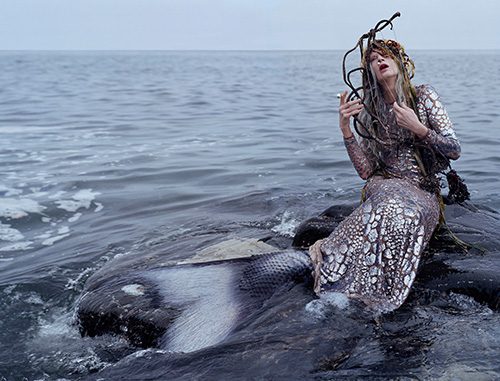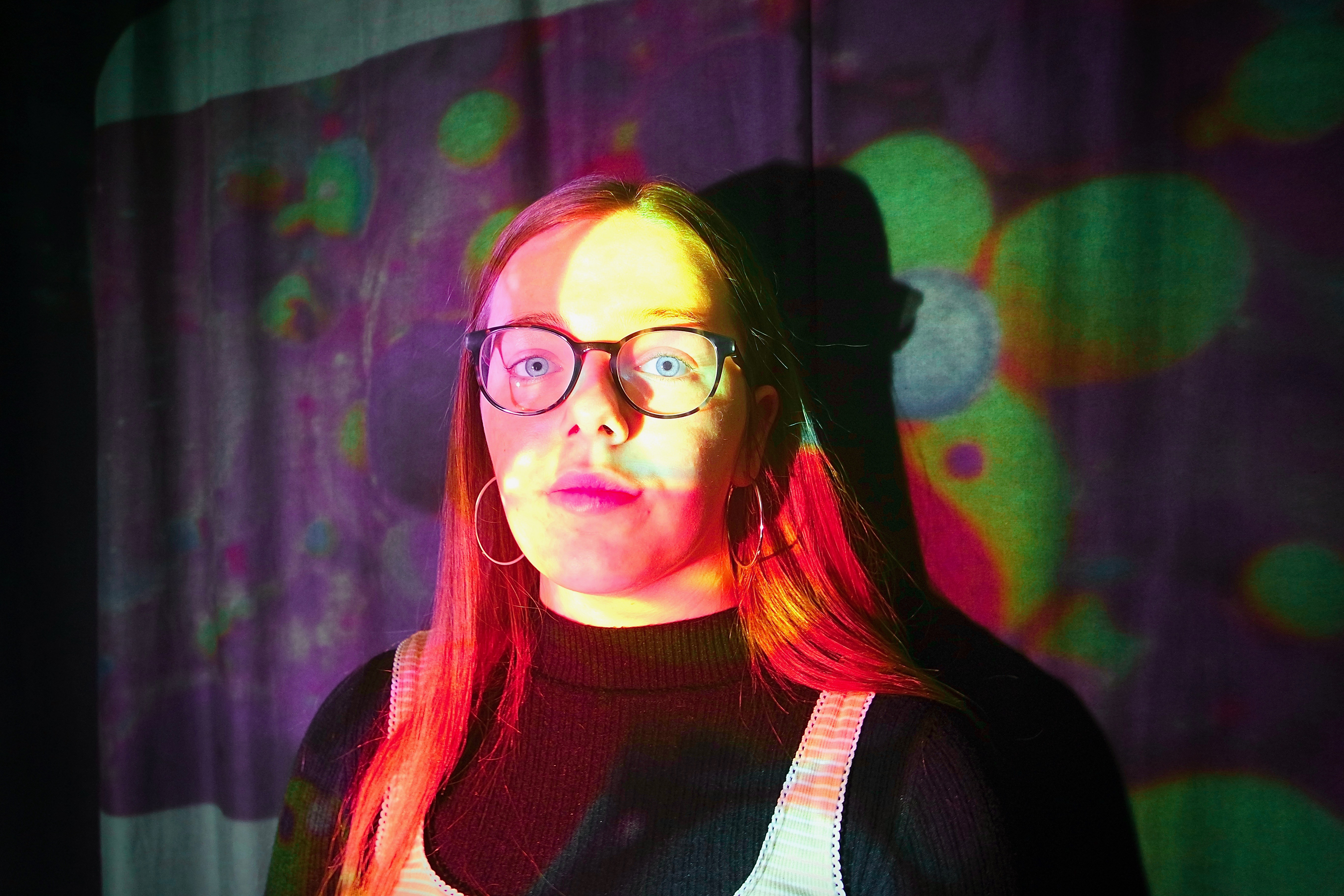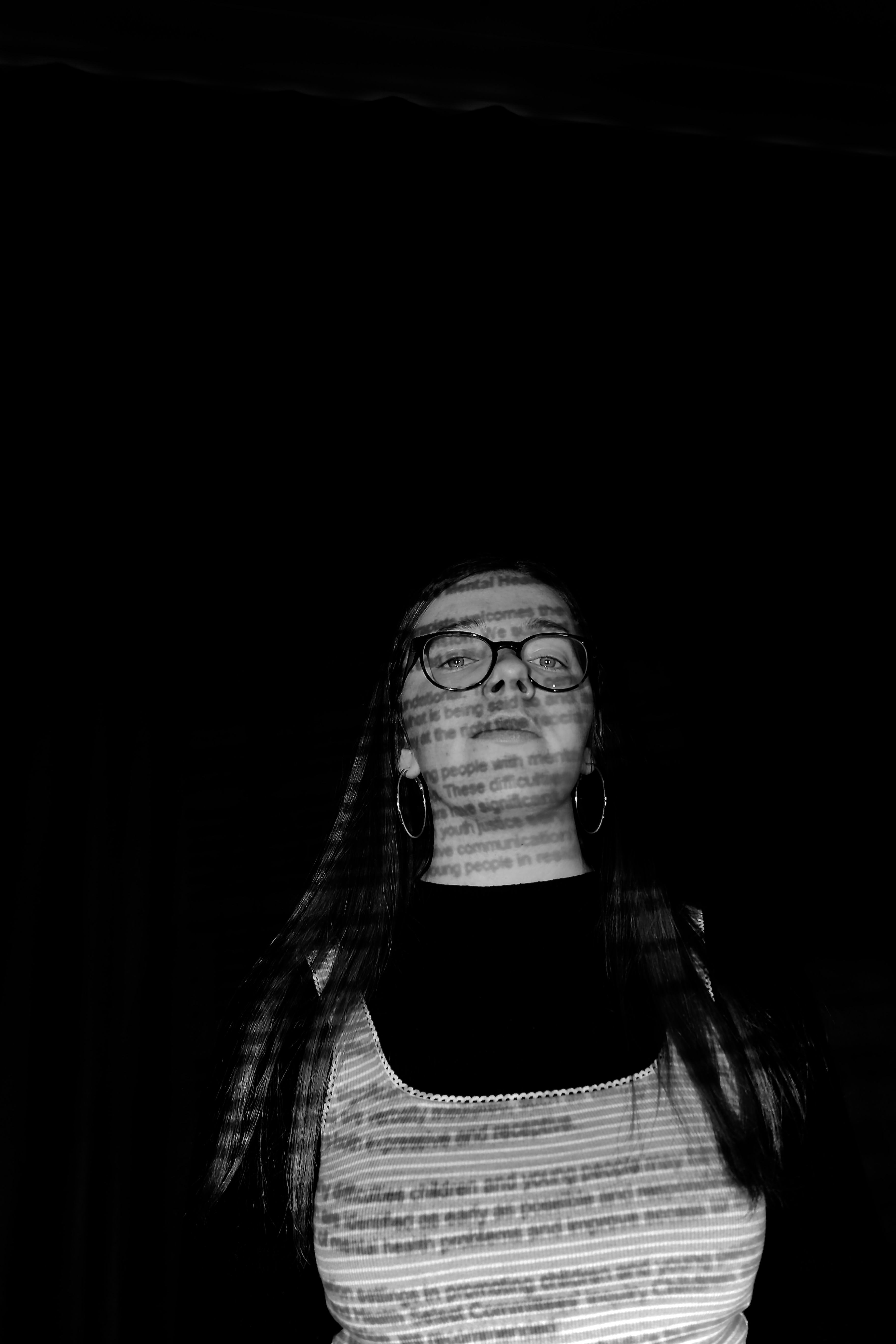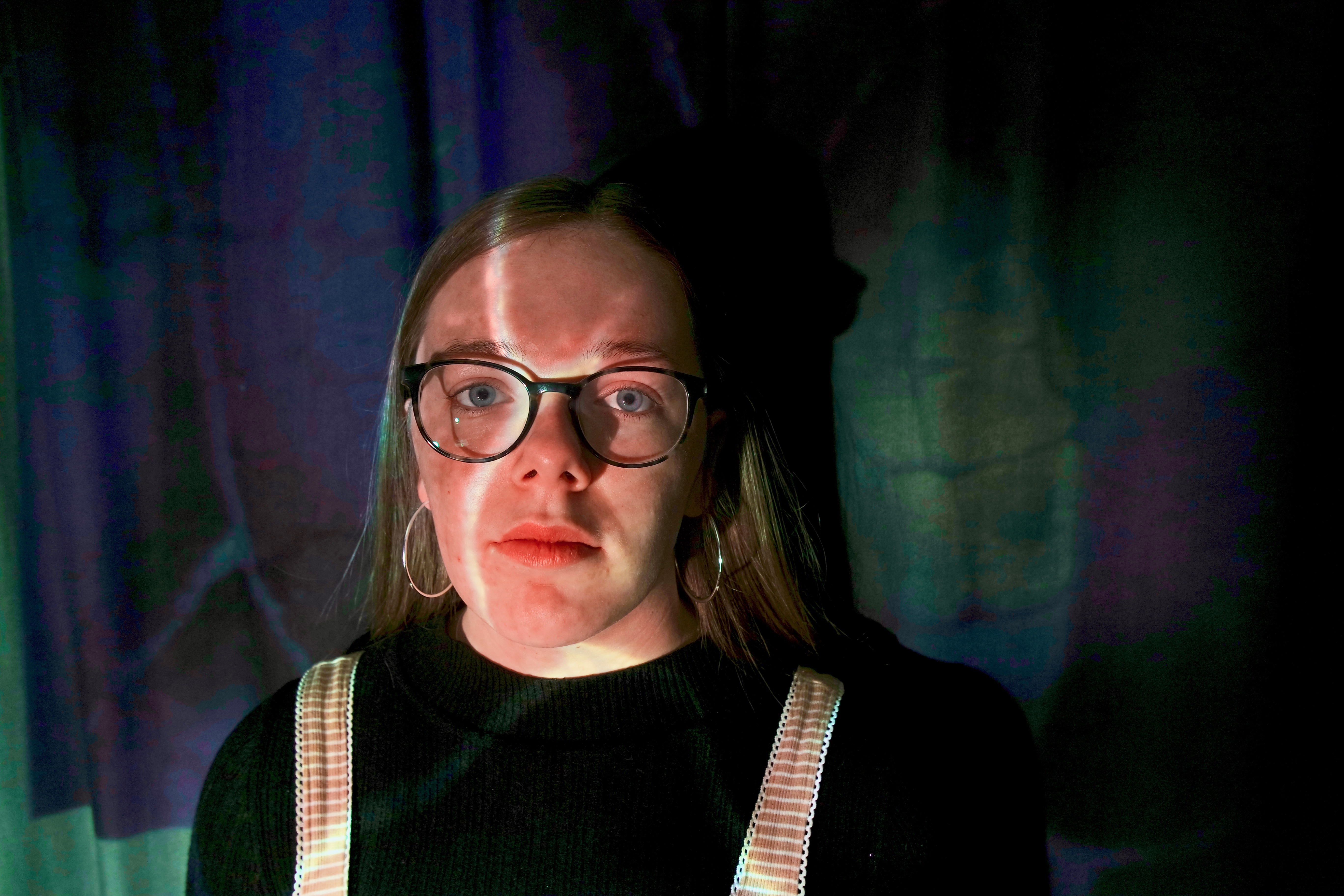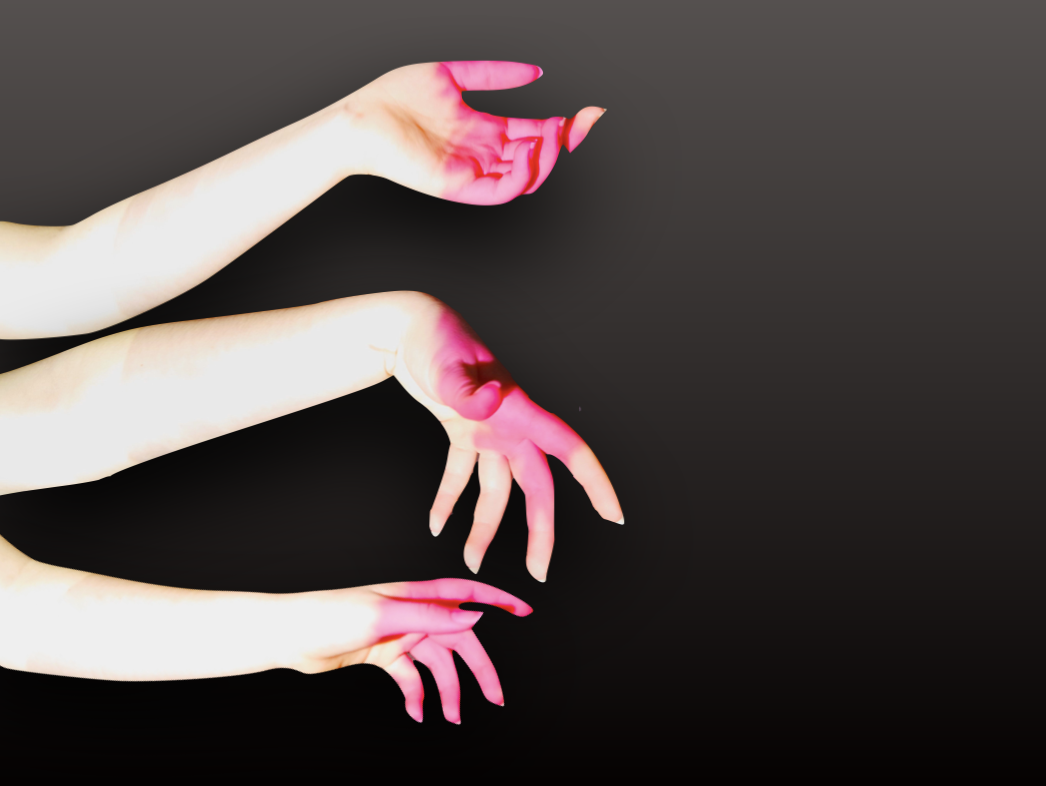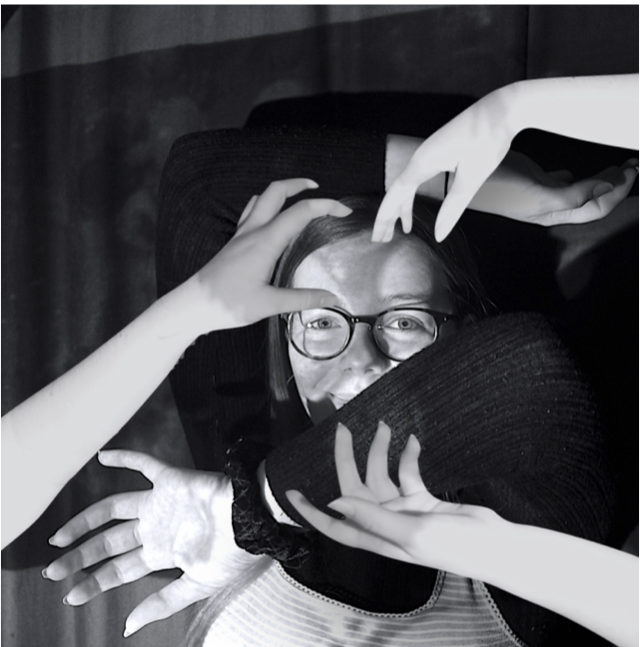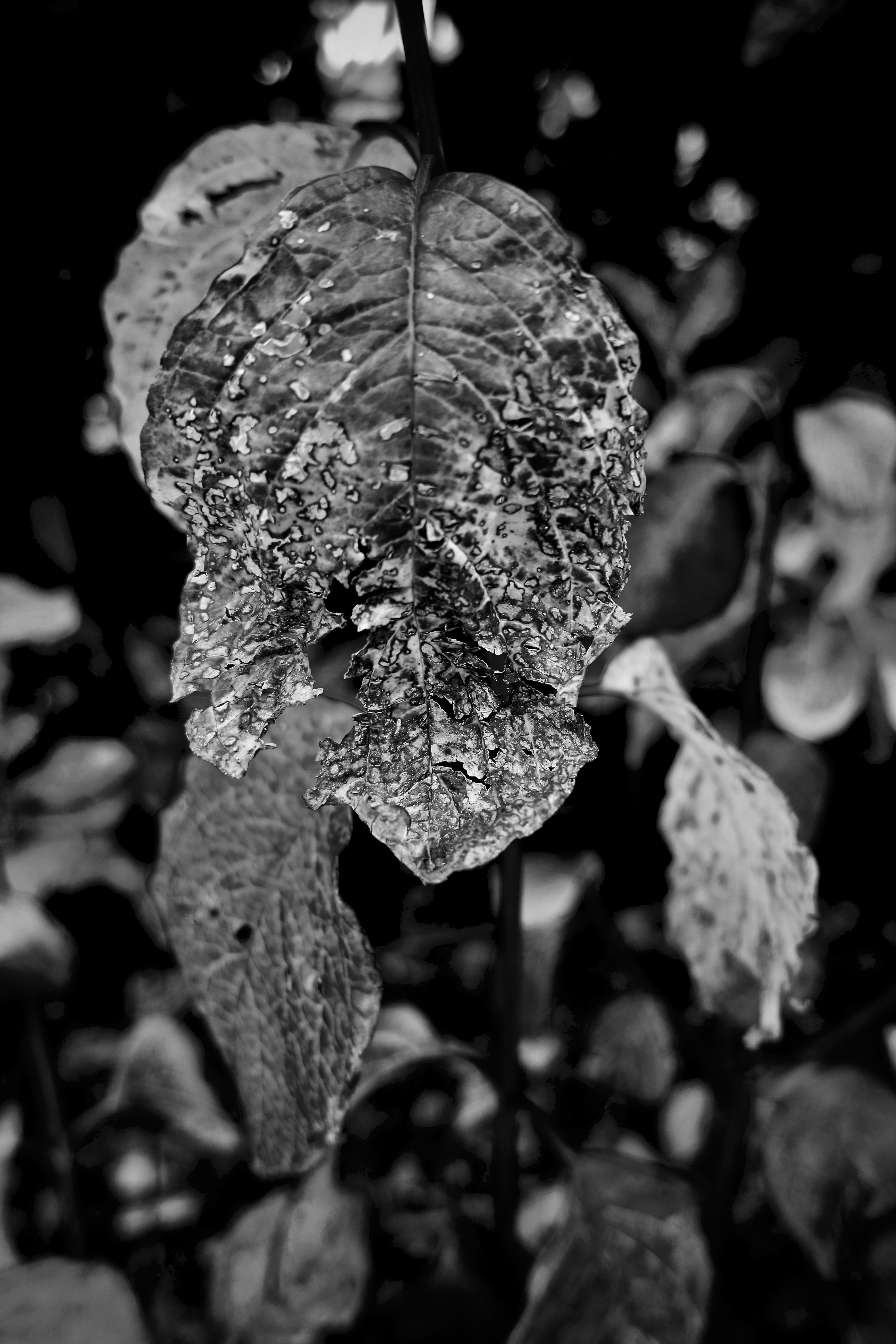Invention of photography:
invented In 1839 developed but two people, developing different techniques. silver nitrate is sensitive to light, so enables an imprinted image. in the renaissance period the 15th century artists and painters used a device called the camera of obsscura, placing the images which is then projected onto another surface. although you are unable to move or change the image being copied. this vies is tons lated and flipped. In modern cameras a mirror is used to effect the shutter and flip the image once again, so when looking through the view finder it is correct in the way of you seeing it. Additionally our eyes are a form of optic, this cannot be replicated through cameras in the same way. the beginning of photoghohry was a scientific cendavour to record something more accurately, and how these experiments found a solution to capture light and shadows .
PICTORIALISM, and time period:
Pictorialism was occurrent in the 1880s-1920’s this is when new cameras were developed in this time and jersey was part of a large revolution and hot bed for photography and experimentation. There was 18 phoqogorhic studios in jersey in the 1940’s many pioneers of photography. soon photography was the heigh of impressionism and was developed less from science and more into art. This made photographs think their work has to resemble a drawing of pencil or charcoal going against the nature of photography. looking more blurred and out of focus. They oddly scratch developing negatives and smear Vaseline over the lenses. They wanted to move photos into art galleries alongside impressionist drawings and such. Then they looked at paintings for ideas of subject matter. These allegory paintings, they are based off a short story and myths from more biblical tales and then further depicted into literal paintings. They are full of symbolic meaning to convey a message and provide a lesson fo how to live your life, as this was the only device to express a view. They have a romanticised and whimsical feel within the photography images, and they recognise the aspects of artist landscape and nude pieces.Key characteristics/ conventions : This was a Reaction against, and what hey did this was due to whenever something becomes a trend their will always be a reaction and a challenge against the normal. they used many charchatertics inspired by renaissance art, and also the new development of individual expression in an artists manner which had never been done before in photography. These allegorical and spiritual matter of religious scenes applied the principles composition and deign but the subjective spiritual motive.
rule breaking:This characterisation of work could lead onto past themes I have studied such as rule breaking and how the concept of breaking a rule in photography or challenging the normal is atypical and rebirth of a new ism and movement within photography. Without these pioneers Turning science into art we would never have surrealism, romanticism cubism or be missing vital angles within the development of photography.
Artist: Julia Margaret Cameron is an artists who was a photographer in the victorian era. The bulk of her work from the categories, this being illustrative allegories based off religious and literary works. In the allegorical work in particular her work had a clear influence from that of pre rapaetlite. her work has delicate limp poses with soft lighting. Her work was unconventional through the intimacy created through he long exposure, her subject moved and by leading the lens intentionally out of focus. This leads me also into looking at how unique it was to have a own who has. algae influential photogoher at the time. Her work is very different to anything that a man would producjuce. Women are looked at as pure and seen to have. loving relationship with fmilay and sister in a clearly taboo and posed setting, almost table like. The has a strong juxtaposition to that of the male sense of photography at the time.The mans eye and the photographical gaze, Women historically are being looked at different through the representation is often eroticised and objectified.these naked figures seen as art for only the pleasure of men. However a female would show herself being empowered as a mother and ally clothed showing the sexism wihtin the period and soon this leads onto larger post modernism topics such as feminism and the fight for women rights and want for less sexualisation of their bodies.

Groups of artists: A group of artists that I think it would be beneficial to look at a small group of artists called, photo-secession.The Photo-Secession was an early 20th century movement that promoted photography as a fine art in general and photographic pictorialism in particular.A group of photographers, led by Alfred Stieglitz and F. Holland Day in the early 20th century, held the then controversial viewpoint that what was significant about a photograph was not what was in front of the camera but the manipulation of the image by the artist/photographer to achieve his or her subjective vision. The movement helped to raise standards and awareness of art photography.The group is the American counterpart to the linked ring an invitation-only British group which seceded from which was the underlying value of the Photo-Secession, argued that photography needed to emulate the painting of the time. Pictorialists believed that, just as a painting is distinctive because of the artist’s manipulation of the materials to achieve an effect, so too should the photographer alter or manipulate the photographic image. Among the methods used were soft focus; special filters and lens coatings; burning, dodging and/or cropping in the darkroom to edit the content of the image; and alternative printing processes such as special toning, carbon printing , platinum printing or gum bichromate processing.
The theory of naturalists photography: Soon contemporary artists decided that pictorials wasn’t what they wanted to continue due to the lack of detail to their minds this is not what photography is about. this leads onto that of:this is the mind of he outlined a system of aesthetics. He decreed that a photograph should be direct and simple and show real people in their own environment, not costumed models posed before fake backdrops or other such predetermined formulas.
REALISM / STRAIGHT PHOTOGRAPHY
The theory of straight photography ; Is this that could also be viewed as realism within photoghrohay, reaction against pictorials and started the narrative documentary approach, often with a social concern related to it, and the athletic of people within their environments. They argued that photography should not be blurry and out of focus as this is not why is was invented and wrongly captured the formal elements.Time period: straight photographers were in the intricate qualities of the photographic medium with the ability to provide accurate and descriptive records of the visual world. These photographers strove to make pictures the were ‘photographic’ rather than ‘painterly’. Straight photography’s time period started towards the end of the pictorial era. ‘straight photography’ is the cameras ability to record objectively then an actual world as it appears in from.aight photography emphasizes and engages with the camera’s own technical capability to produce images sharp in focus and rich in detail. The term generally refers to photographs that are not manipulated, either in the taking of the image or by darkroom or digital processes, but sharply depict the scene or subject as the camera sees it These straight or pure approaches to photography continue to define contemporary photographs, while being the foundation for many related movements, such as Documentary, Street photography, Photojournalism, and even later Abstract photography.The camera’s distinctive vocabulary includes form, sharp focus, rich detail, high contrast, and rich tonalities. Straight photography is also synonymous with pure photography, since both terms describe the camera’s ability to faithfully reproduce an image of reality.

Artists associated:Dody Weston Thompson was a 20th-century American photographer and chronicler of the history and craft of photography. She learned the art in 1947 and developed her own expression of “straight” or realistic photography, the style that emerged in Northern California in the 1930s. Her camera work is represented in dozens of museums and private collections as well as in many photographic books and magazines. She also participated in multiple solo and group exhibitions from 1948 through 2006 in the United States and Japan.In her work it is evident the inspiration se has both seemed from the new straight movement yet till themes reminiscent of that of pictorialsm.



